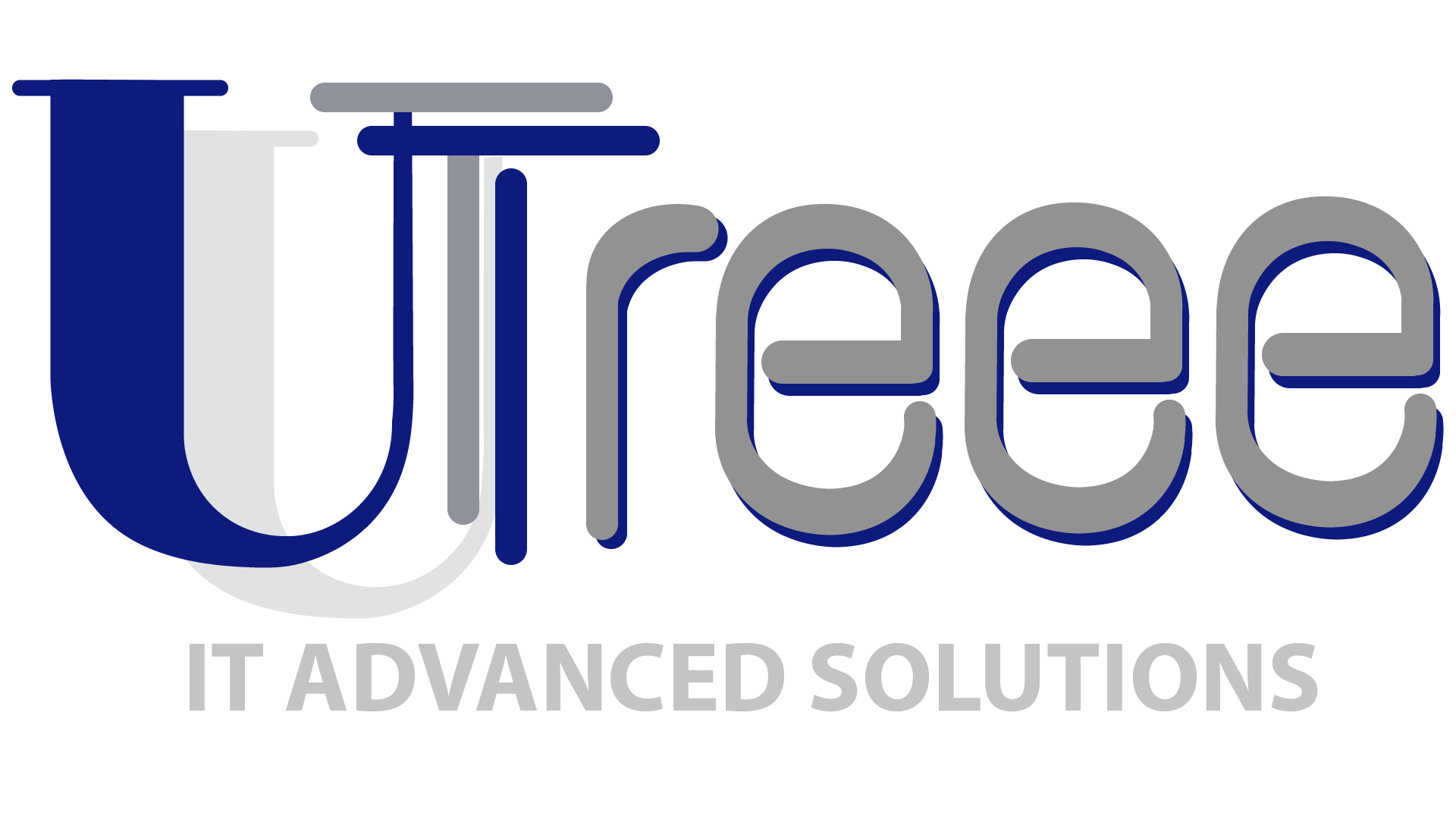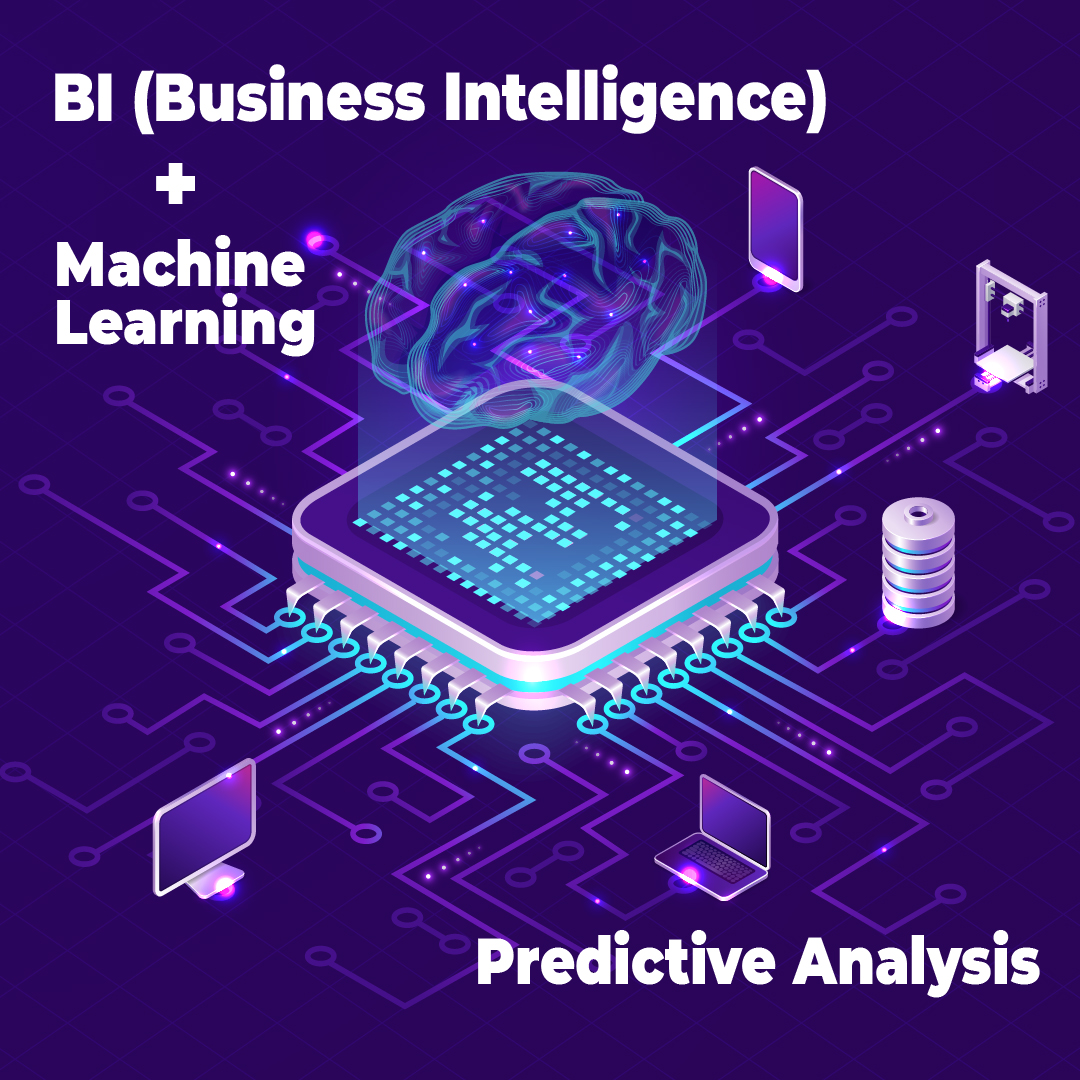

Predictive analytics is a form of advanced analytics that is used to make predictions about uncertain future events. Predictive analytics leverages many data mining, analytical and predictive modeling techniques are used to bring together the information technology, management, and business process to make future predictions. Patterns from historical and transactional data are analyzed, and then the future opportunities and risks are identified that help decision-makers make an optimal decision.
By leveraging smart analytics, businesses can get an in-depth and precise picture of who their customers are and what they really want.
Predictive analytics can be used to reduce the number of business risks by getting insights into things like the success of new products, getting an idea of businesses they are dealing with, or assessing the demand of something in the future to identify new opportunities.
For instance, you may be launching a new beauty product such as a face mask, by using predictive analytics, you will know how much demand for a similar product like a charcoal mask had in the past and how much demand you can expect for your product in the future.
If you have a lower risk, then obviously your cost would be lower as well because you will not face failures in the future that lead to financial losses. Furthermore, by analyzing future trends, you will be able to take better steps towards working on an optimal approach and reduce costs.
For instance, if you are buying an asset, you can leverage predictive analytics to determine its maintenance needs beforehand so that you can properly service it and reduce costs that may incur if it stops working.
If you have a lower risk then obviously your cost would be lower as well because you will not face failures in the future that lead to financial losses. Furthermore, by analyzing future trends, you will be able to take better steps towards working on an optimal approach and reduce costs.
For instance if you are buying an asset, you can leverage predictive analytics to determine its maintenance needs beforehand so that you can properly service it and reduce costs that may incur if it stops working.
These are just some of the benefits and challenges that companies face when dealing with predictive analytics solutions. Keep in mind that there are some predictive analytic tools out there that have overcome these challenges that could provide your businesses with an all-in-one solution.